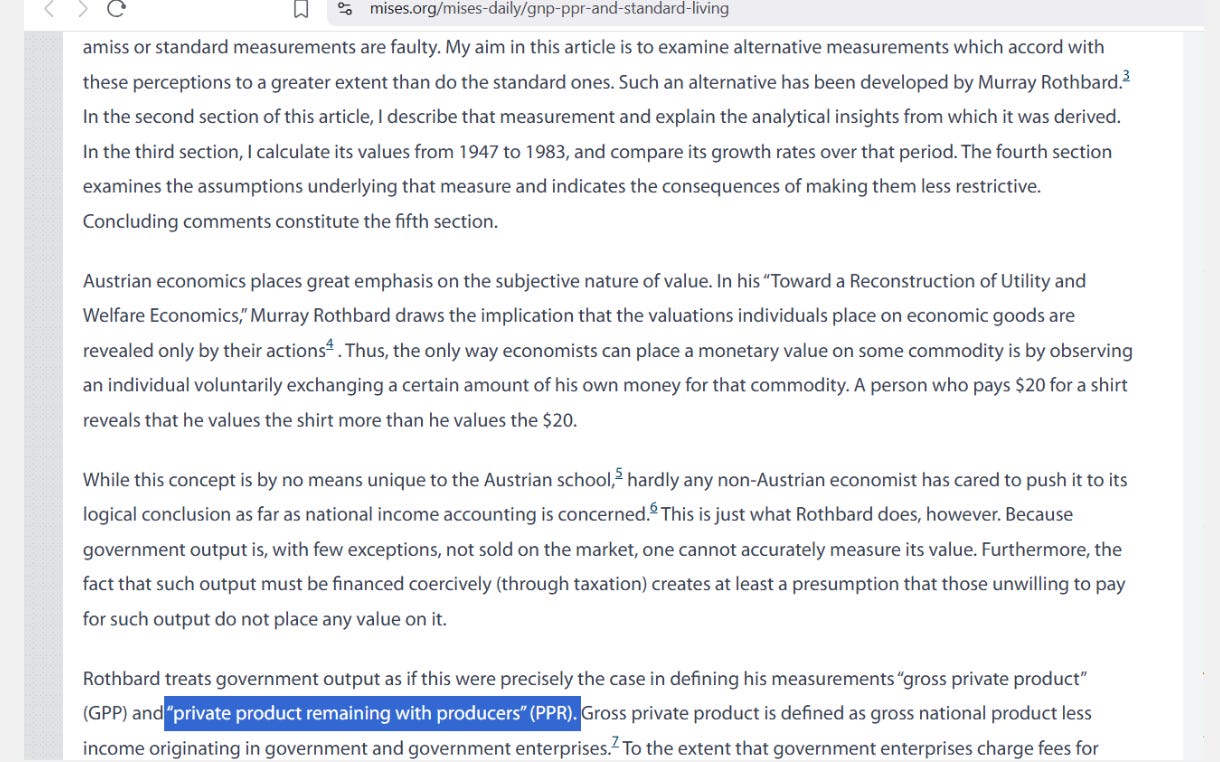In this prior post, I made an argument that 5 of 6 nations had hyper-centralized the allocation of resources to the point where it was economically unsustainable. When asking how much of the scarce resources you should allow government bureaucrats to distribute, both positive and negative examples help. Here is what “good” looks like:
Japan’s government spending was only 0.7% of GDP, but the United States serves as sort of a Gold Standard here, and it raises the question whether government spending in Japan was “too low.” A couple of percentage points of GDP would be fine — like in the USA — but less than 1% of GDP might be too low. Here is what “bad” looks like:
Once again, but this time with 12 nations represented, we find just one-sixth of the sample (India & Chile) had sustainable levels of government spending — according to the metric provided by percolation theory which was introduced in the prior report, and that is related to the share of all private sector product allocated by private actors.
Here is how to compute the “Private Product Remaining” (PPR) for the USA in 2023:
Public sector share of GDP = 36.3%
Private sector share of GDP = 100% - 36.3% = 63.7%
With just 43% of the private sector product fully remaining under the full use and disposal of private actors (no claims on it from government), and with the public sector allocating the majority of private product produced, the USA is on a path to ruin, but could get turned around and be made great again (with federal downsizing).
Here is that graph from the first report showing that, if only 49% of private product is at the full disposal of private actors, then percolation theory (as modeled by ability of forest fire to grow, given available resources) says that you will not be able to sustain economic growth:
NOTE: Government spending in India, at 29.1% of GDP, places them just to the left of the vertical line at 59% forest density, almost guaranteeing that they will not be able to sustain economic growth when moving forward through time. Chile, at 27.4% of GDP, is right about to fall off the cliff (just to the right of the 62% density line above)
While I got the idea to begin to care about Private Product Remaining (PPR) from Robert Batemarco writing an essay for the Mises Institute, he got the idea of Murray Rothbard (citations below). My mechanism for computing it is the simplest method, and it effectively captures mentioned nuances, but that does not make it the best one.
Reference
[where I discovered PPR] — https://mises.org/mises-daily/gnp-ppr-and-standard-living
[Murray Rothbard on the concept of PPR] — https://mises.org/online-book/man-economy-and-state-power-and-market/5-binary-intervention-government-expenditures/appendix-role-government-expenditures-national-product-statistics
[click image to enlarge]








